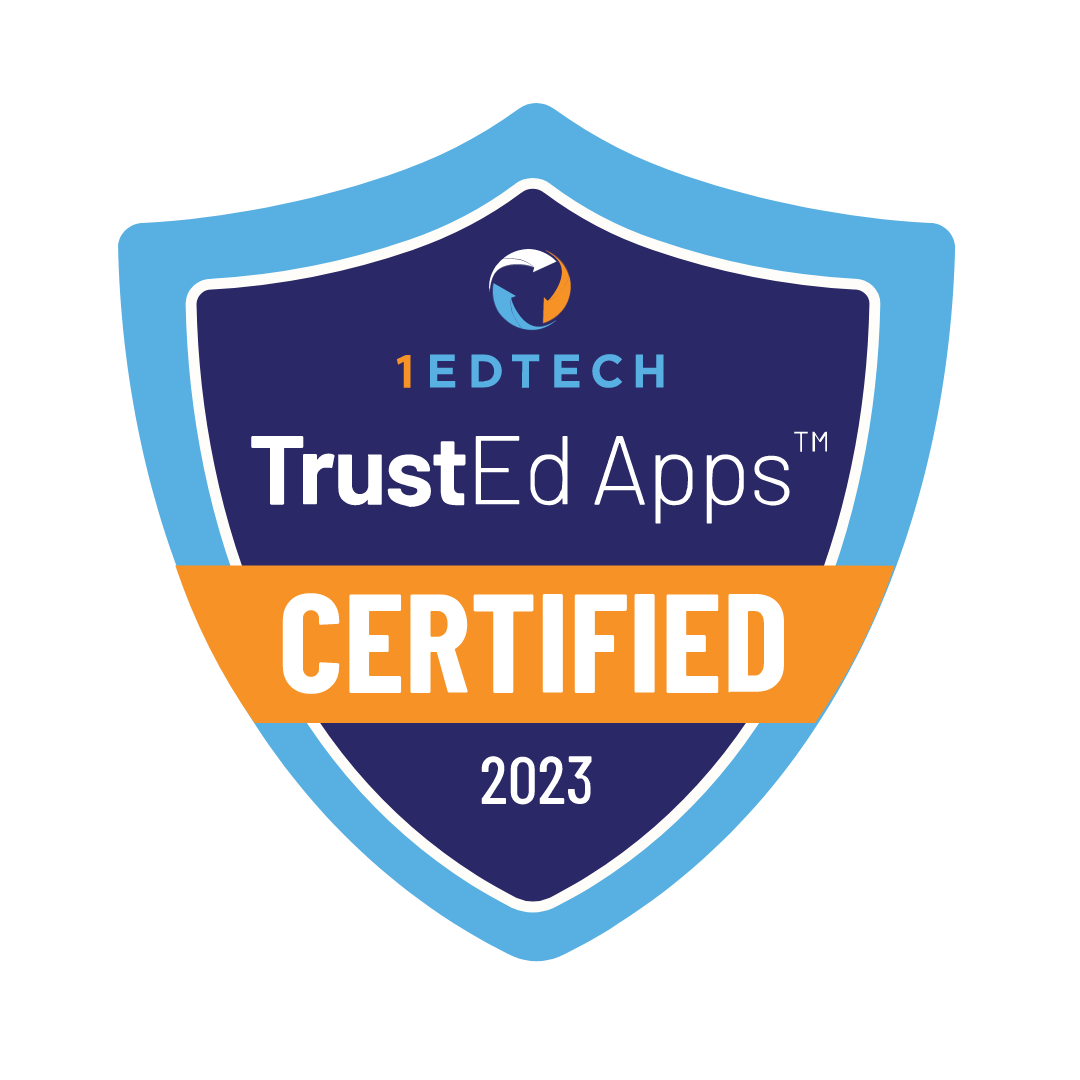The digital age has ushered in a plethora of opportunities for learners worldwide. With the rise of online education, the demand for effective and engaging STEM tools for online learning has skyrocketed. But what exactly are these tools, and how can they transform the learning experience? Let’s dive in!
STEM Tools for Online Learning: A New Era of Education
STEM, an acronym for Science, Technology, Engineering, and Mathematics, has always been at the forefront of innovation. With the integration of online learning platforms, the need for tools that cater specifically to these subjects has become paramount. These tools aren’t just fancy add-ons; they’re essential components that enhance understanding, foster creativity, and bridge the gap between theory and application.
- Virtual Laboratories: The New Frontier of Experiments Gone are the days when students had to wait for their turn in the physical labs to conduct experiments. Virtual laboratories have emerged as a groundbreaking tool, allowing students to immerse themselves in real-time simulations. These labs mimic real-world scenarios, eliminating the risks associated with physical experiments. Moreover, they present a cost-effective solution, eradicating the need for expensive lab equipment or materials. The interactive modules ensure that students not only observe but actively engage with the experiments, enhancing their understanding and retention.
- 3D Modeling Software: A Vivid Exploration of Concepts The advent of 3D modeling software has transformed the educational landscape, especially in STEM fields. These tools have made it possible for students to visualize complex structures, from biological entities to intricate architectural designs. The detailed visualizations aid in breaking down complicated concepts, making them more digestible. Furthermore, the software promotes collaborative learning, allowing students to work on shared models, fostering teamwork and collective problem-solving.
- Coding Platforms: Decoding the Digital Era In today’s digital age, coding has transcended its traditional boundaries. It’s no longer the exclusive domain of computer scientists. Recognizing the ubiquity of technology, online coding platforms have sprouted, catering to a diverse audience. These platforms demystify coding through step-by-step tutorials, catering to all levels of learners. The interactive challenges embedded within these platforms ensure that students not only learn but also apply their knowledge, prepping them for real-world scenarios.

- Augmented Reality (AR) Kits: The Confluence of Reality and Learning Augmented Reality (AR) has ushered in a new era of immersive learning. By seamlessly blending the physical and digital realms, AR kits offer an unparalleled educational experience. These kits transform traditional, passive learning modules into dynamic, interactive adventures. They also provide a tangible context, allowing students to witness the real-world applications of STEM concepts.
- Math Solving Tools: Simplifying the Complex Mathematics, often perceived as a challenging subject, has been made more approachable thanks to online math-solving tools. These digital aides break down problems, offering step-by-step solutions, elucidating the underlying logic. The tools also incorporate interactive graphs, enabling students to visualize equations, fostering a deeper understanding. Customizable modules ensure that the learning experience is tailored to individual needs, making math more palatable.

- Science Simulators: Navigating the Scientific Spectrum Science simulators have democratized access to the vast and varied world of scientific phenomena. Whether it’s exploring the cosmos or delving into the subatomic realm, these simulators offer a detailed and interactive experience. They promote hands-on learning, ensuring that students actively engage with the material. The collaborative features further enrich the learning experience, allowing students to share insights and discoveries.
- Engineering Design Platforms: Blueprinting Tomorrow Engineering, a discipline rooted in design and innovation, has been greatly enhanced by online design platforms. These digital workspaces equip budding engineers with comprehensive toolkits, facilitating the entire design process, from ideation to refinement. The platforms also emphasize collaborative learning, fostering a community-driven approach to problem-solving. Real-world challenges embedded within these platforms ensure that students are well-prepared for the engineering challenges of tomorrow.
FAQs
Conclusion
The world of online education is ever-evolving, and STEM tools are at the heart of this revolution. From virtual labs to AR kits, these tools are not just enhancing the learning experience; they’re reshaping it. As we move forward, the integration of these tools will become even more crucial, ensuring that learners are equipped with the skills and knowledge they need for the future. So, whether you’re a student, educator, or just a curious mind, dive into the world of STEM tools for online learning and unlock your potential!






